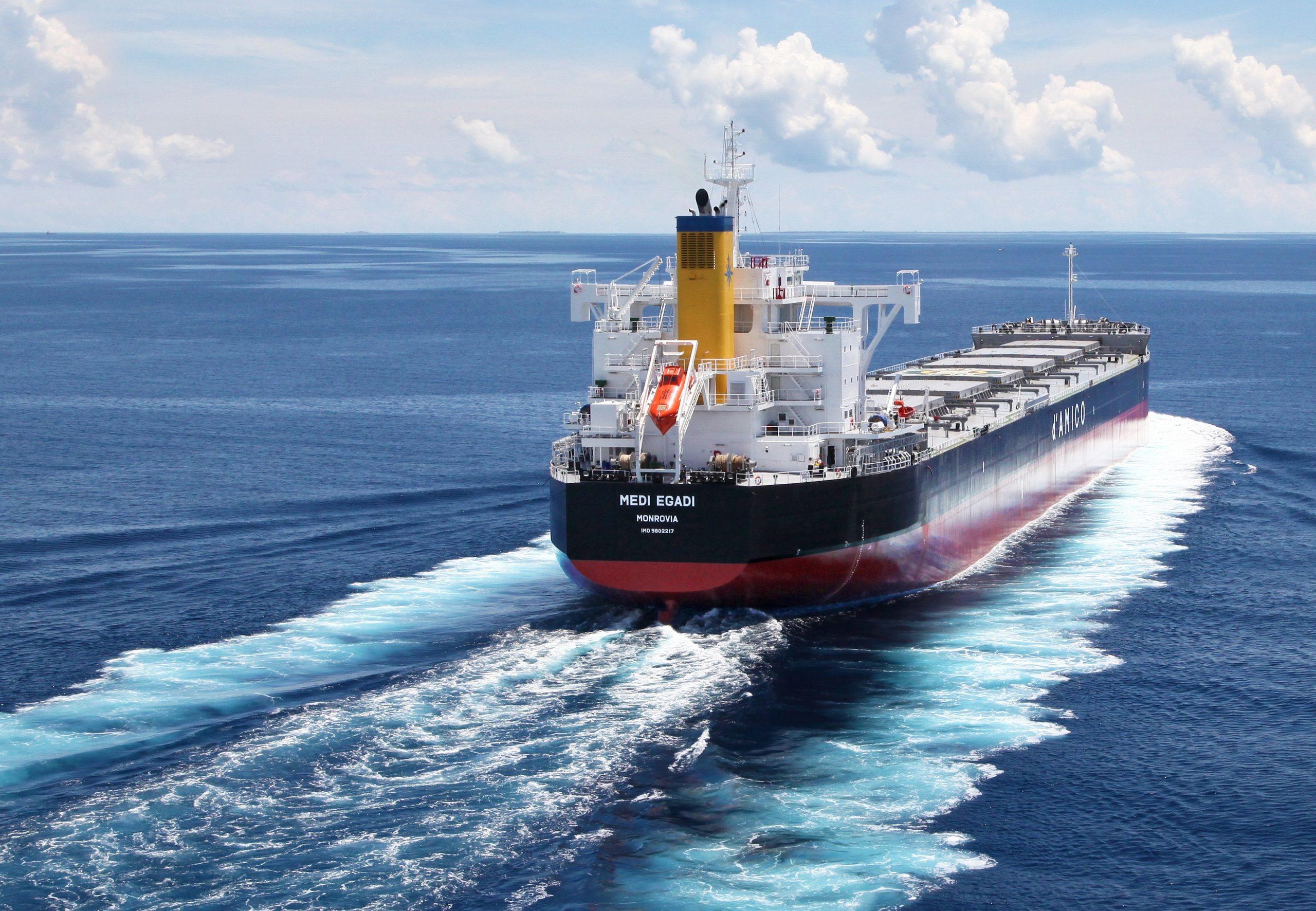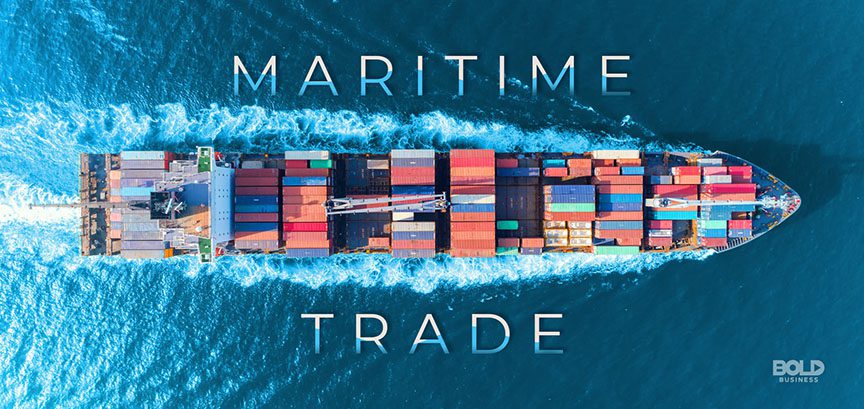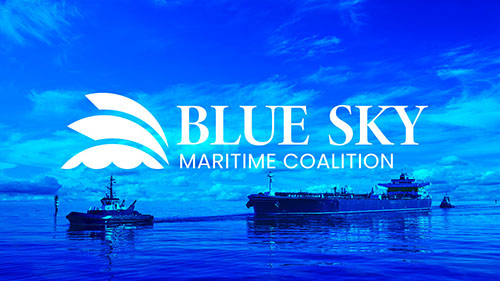1. General Port Information
– Port Authority: Yeosu Regional Office of Oceans and Fisheries (MOF)
– UN/Locode: KRYEO
– Port Type: Commercial/Industrial (Petrochemical & LNG Hub)
– Tidal Range: 3.0m (max), 1.5m (mean)
– Pilotage: Compulsory for vessels > 500 GT; 4-hour advance notice required
– VTS System: 24/7 coverage with AIS mandatory for vessels > 300 GT
– Port Limits: Bounded by 34°40’N-34°47’N, 127°40’E-127°50’E
– Closest Rescue Base: Korea Coast Guard Station Yeosu (response time <30 mins)
– Port Security Level: ISPS Code compliant, Security Level 1 (normal operations)
– Customs Clearance: Available 24/7 for anchored vessels via e-Customs system
2. Anchorages Details
| Anchorage Name | Location (Coordinates) | Area (km²) | Depth (m) | Bottom Type | Max Vessel DWT | Capacity | Primary Use | Restrictions & Safety Notes | Commercial Notes |
|---|---|---|---|---|---|---|---|---|---|
| Yeosu Outer Anchorage | 34°44’00″N 127°46’00″E | 3.2 | 25-40 | Mud/Sand with shale patches | 300,000 | 10 vessels (min 500m spacing) | VLCC/ULCC waiting | 1. Exposed to NE monsoon winds (Nov-Mar) 2. Prohibited during typhoon alerts (wind >25m/s) 3. Mandatory anchor watch 4. Minimum 3 shackles in water depth >30m |
1. Average waiting time: 12-48 hrs 2. Bunkering available via tender 3. Recommended for vessels >200,000 DWT |
| Yeosu Inner Anchorage A | 34°43’30″N 127°44’00″E | 1.8 | 18-22 | Clay with 30cm sediment layer | 150,000 | 6 vessels (chemical-compatible only) | Chemical tankers (IMO Class II/III) | 1. Prohibited for LNG carriers 2. Static electricity precautions required 3. No hot work permitted 4. Gas detection equipment mandatory |
1. Direct access to GS Caltex/YNCC terminals 2. Mandatory pre-berthing inspection 3. Chemical compatibility certificate required |
| Yeosu Inner Anchorage B | 34°42’45″N 127°43’15″E | 2.1 | 15-20 | Sand/Shell (70% holding power) | 80,000 | 8 vessels (max LOA 250m) | General cargo/Containerships | 1. Daylight operations only 2. Tug standby required for vessels >50,000 DWT 3. No anchoring in marked cable areas 4. Prohibited during naval exercises |
1. Close to Hanjin Container Terminal 2. Fresh water supply available 3. Provisions delivery permitted |
| Dolsan Emergency Anchorage | 34°40’00″N 127°45’30″E | 0.9 | 12-15 | Rocky with coral outcrops | 50,000 | 3 vessels (priority to distressed ships) | Emergency/Repairs | 1. Requires VTS permission (Ch 12) 2. Medical evacuation priority 3. Max stay 72 hours 4. No bunkering operations |
1. No commercial operations 2. Salvage services on call 3. Emergency repairs require port approval |
| Yeosu LNG Temporary Holding Area | 34°45’15″N 127°47’30″E | 1.5 | 30-35 | Firm clay | 200,000 | 2 vessels (min 1nm separation) | LNG carriers | 1. Exclusion zone 500m radius 2. No other vessels within 1nm 3. Continuous gas monitoring 4. Emergency shutdown system required |
1. Dedicated to KNOC LNG Terminal 2. Tugs on 1-hour standby 3. Specialized LNG-compatible services only |
| Yeosu Quarantine Anchorage | 34°41’10″N 127°43’45″E | 0.5 | 15-18 | Sandy mud | 50,000 | 2 vessels | Health inspections | 1. Mandatory radio silence except emergencies 2. No crew transfers 3. Yellow flag must be displayed |
1. Free pratique clearance point 2. Medical inspections available |
3. Additional Operational Information
– VHF Channels:
– Ch 16 (Safety)
– Ch 12 (VTS – Yeosu Traffic)
– Ch 14 (Port Operations)
– Ch 09 (Pilot Dispatch)
– Ch 71 (Mooring Services)
– Ch 13 (Bridge-to-Bridge)
– Ch 10 (Coast Guard Coordination)
– Holding Ground Quality:
– Outer Anchorage: Excellent (shale bottom, 90% holding power)
– Inner Anchorages: Good (clay/sand, 70-80% holding power)
– Emergency Anchorage: Poor (rocky, requires 2 anchors)
– LNG Area: Very Good (firm clay, 85% holding power)
– Turnaround Time:
– VLCCs: 24-72 hours
– Chemical Tankers: 12-36 hours
– Containers: 6-24 hours
– LNG Carriers: 12-48 hours
– Typhoon Preparedness:
– Typhoon season: July-September
– Mandatory additional mooring lines (minimum 8 for >100,000 DWT)
– Evacuation protocol activated when wind exceeds 30m/s
– Designated typhoon mooring buoys available (reservation required)
– Ice Conditions:
– Ice-free year round (minimum water temp: 5°C in winter)
– Port Services:
– Bunkering: Available at outer anchorage (IFO 380cSt, MGO)
– Fresh Water: 100-200 tons/hr supply at inner anchorages
– Garbage Disposal: Compulsory MARPOL compliance
– Slop Reception: Available for chemical tankers
– Ship Chandlers: 24-hour service with prior notice
– Anchoring Procedures:
– Minimum scope: 5:1 in normal conditions, 7:1 in heavy weather
– Anchor dragging monitoring required (GPS anchor watch)
– Daily position reports to VTS at 0800 and 2000 local time
4. Navigational Warnings
– Currents:
– Spring tides: 3 knots (max) at 127°45’E
– Eddy currents near Dolsan Bridge (34°41’N 127°44’E)
– Strong tidal streams in main approach channel
– Visibility Restrictions:
– Fog: November-March (visibility <500m for 15% of time)
– Rain squalls: June-August (sudden visibility reduction)
– Industrial haze from petrochemical plants (occasional)
– Hazards:
– Underwater pipelines (marked on charts KHOA 128/129)
– Fishing nets proliferation October-December
– Unlit small craft near anchorages at night
– Submarine cable areas (chart reference: ENC KR521131)
– Prohibited Areas:
– Military zones within 34°42’N-34°44’N, 127°42’E-127°43’E
– Aquaculture zones (marked by yellow buoys)
– Environmentally sensitive areas (no anchoring within 1nm)
5.Critical Reminders
Submit ETA 72/48/24 hours in advance via KR-PORT system
Mandatory pre-arrival checklist for chemical tankers (KOSHA Form PC-12)
Anchoring permits must be displayed on bridge windows
Report any bottom contact immediately to VTS (Ch 12)
Maintain updated P&I Club contact information
Emergency contact: Yeosu VTS +82-61-690-3112 (official port authority number)





